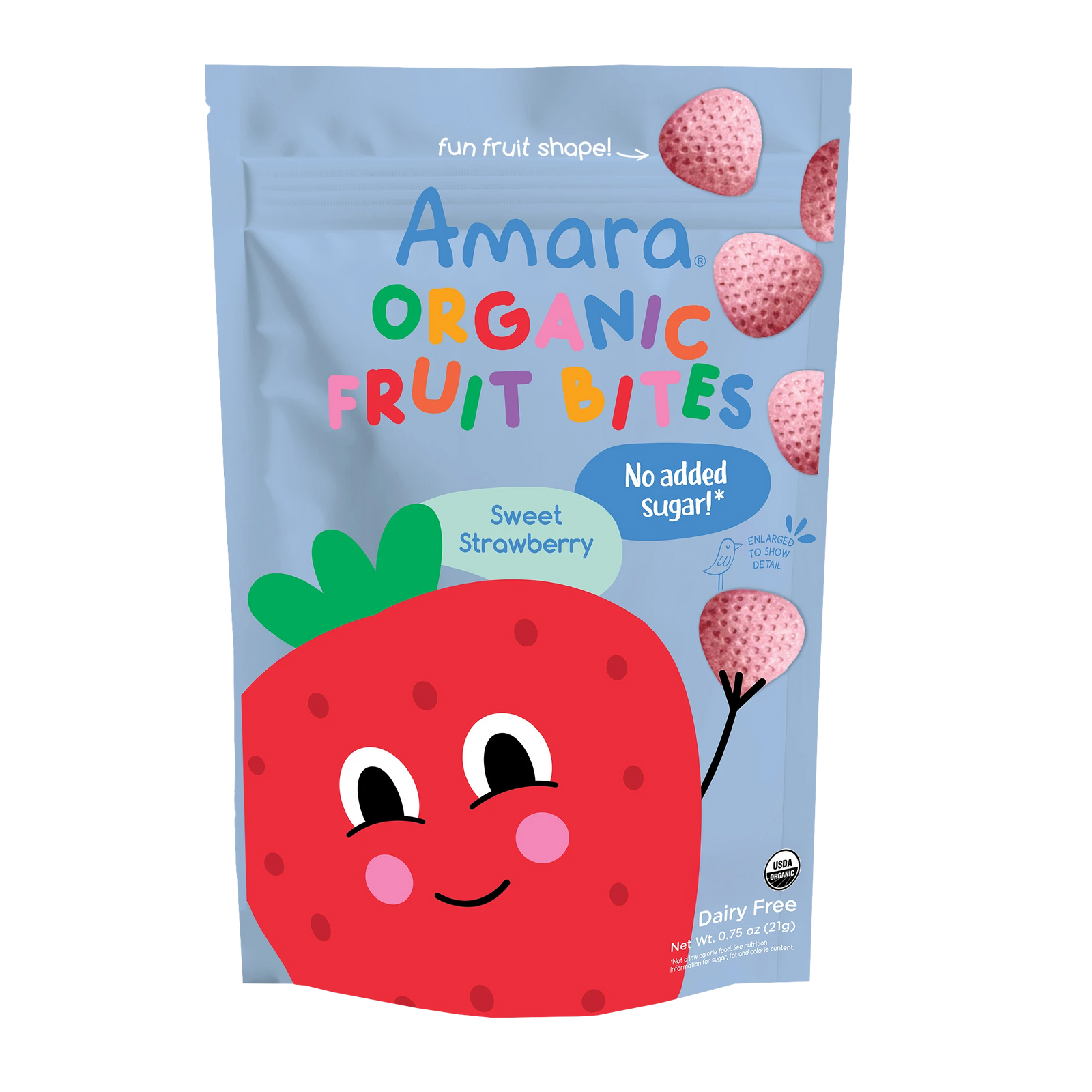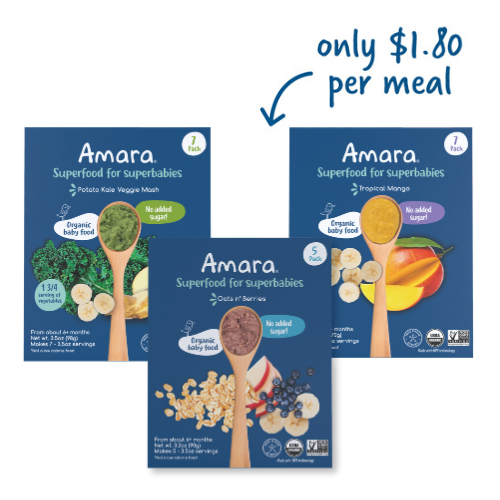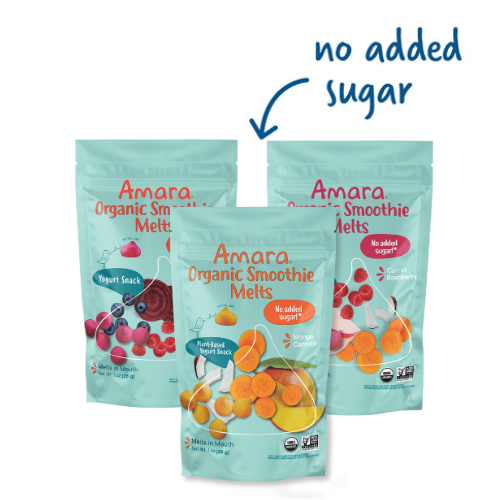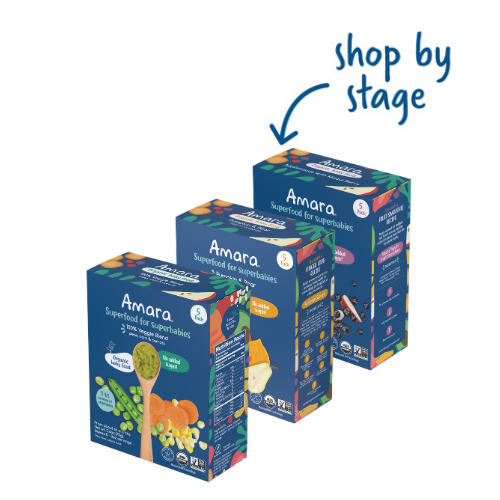
Picking the Right High Chair
Like so many other product categories in the baby world (and the feeding world!), it can be incredibly overwhelming to know which high chair, of the hundreds offered on the market, might be best for your baby and family. With dozens of different styles, features, and attributes at price points ranging from $25 to $600, it really is a lot!
There are considerations that are going to be very family-specific (how much space do you have? where will you use the high chair? what is your budget?) but there are also some that are more universal. Read on for everything you need to know about how to pick a high chair — and if you’re just getting started with solids, make sure you check out this guide covering readiness signs, first foods, expert suggestions, and everything in between.
1. Think about your space to pick what style you need.
The first thing is to consider where you will use your high chair and where you will store it. There are high chairs designed to stand on their own (these have a tray), pull right up to the “grown-up” table, sit fixed on top of a dining room chair, hang off the counter or table, and sit on the floor. Some high chairs have a pretty sizable footprint, and stay put, while others are more compact and may have portability features that enable you to fold them up and store them out of sight. Depending on whether you live in a city apartment or a larger space in the suburbs, you may have real space limitations.
If you’re looking for a traditional high chair with a tray, these are generally called “standard” or “standalone” high chairs (or nothing at all, just high chairs, hah). Definitely check to make sure the tray is *easy to attach and detach, pinched fingers are the worst!

If you want something you can affix to a chair you already own, these are called space-saving high chairs.

If you plan to use your high chair at the table, look for a transitional (also sometimes called a convertible or a “grow-along”) high chair. These have the benefit of generally lasting much longer — well into and beyond the toddler years — since they “grow along” with your child. (Note: this is also the type of high chair that most feeding experts recommend, since it enables babies to eat at the table with their families.)

If you want a seat that hooks onto a counter or table ledge, opt for a hook-on or attachable high chair. (Since none of these come with a dedicated foot rest, see #3 below, you’ll need to DIY for that feature.)

If you need a high chair you can store in the closet, look for a foldable, portable, or collapsible high chair. These can also be convenient for travel and on-the-go.

At Amara, our mission is to set every child up for a lifetime of healthy eating, starting right from their first bites. In fact, a baby’s first experiences with food are super fun and also super important — which is why we make 100% real baby foods and toddler snacks in a variety of fresh flavors, ranging from savory to sweet and exotic to staples.

Our foods use a nutrient-pressed technology that locks in all the good stuff (nutrients, tastes, textures) to make whole foods convenient and accessible for every family. Our ingredients are certified organic, picked at peak harvest (when they are most nutrient dense and flavorful), and 100% plant-based, too! Check out our full line of organic baby foods and toddler snacks for an array of fresh-tasting flavors and fun pairings for your baby or toddler.
2. Consider the seat — specifically, the recline.
Although many high chairs on the market today feature reclined seating options, pediatric nutritionists strongly advise against this (which really makes you wonder — who are they consulting in the product design??).
In fact, when babies are starting solids, it’s *super important that they are sitting straight up. Like, totally straight up, at a 90 degree angle. It’s not only unsafe for babies (who are still learning how to eat) to eat while they are leaning back, but it’s also just best for their bodies. This is one reason why the ability to sit up independently and well is one “readiness sign” for starting solids.
Thus: choose a high chair that has a supportive, straight back. (And if you already own a high chair with a recline, you can use a rolled up towel behind your baby’s back to help them sit up straight.)
3. Opt for something with a foot rest.
Here is another area where there’s been some lag between product design and expert advice… Many high chairs have no foot rest, and babies really need somewhere to set their feet. Think about it: how uncomfortable would you feel eating from a bar stool with no footrest and your legs just swinging in the air? Nutrition experts say it’s equally “weird” for babies — a simple footrest helps them feel more grounded and stable, so pick a chair that has one.
Or, you can turn to Google for any number of clever parent hacks to add a DIY footrest to a high chair (you could use duct tape or an exercise band, for example, or affix a wooden beam to a chair if you’re handy). There are also companies that now sell this kind of accessory for popular high chairs that don’t feature footrests.
When you’re picking a high chair, consider that the ideal and safest positioning for babies, according to pediatric dieticians and feeding experts, is 90/90/90 — this means babies sit with a 90 degree bend at their hips, knees and ankles.
If you already own or aren’t able to purchase a high chair that facilitates the 90/90/90 position, don’t be afraid to use props to help get your baby seated in this way. A rolled up hand towel can serve as a back rest; a big book could be a booster to sit on, and you could use a box or a chair for a footrest.
4. Choose cleanability.
This is HUGE, friends. If you haven’t started solids yet, know that it is messy. So, so messy. Believe me, you want a high chair you can wipe down easily. Don’t pick something with tons of cloth, fabric, or nooks and crannies (watch out for buckles/harnesses and tray-table attachments especially…) — it will drive you bonkers trying to scrape half-dried mashed pumpkin out of hard-to-reach corners and crevices. Seriously, it’s so frustrating.
Instead, look for a high chair with an easy cleanability factor. Choose something with either no fabric or something that’s easy to wipe, a no-frills harness, and a dishwasher-safe tray.
5. Check for safety features.
An easy way to make sure you are purchasing a safe chair is to check whether the product is “JPMA certified.” Any products that have a Juvenile Products Manufacturers Association certification have been through voluntary, independent testing for various safety standards — it’s a great way to know whether any product (not just a high chair) has been reviewed and “approved” for safety by a third-party.
The two biggest hang-ups with high chair safety are:
- A crotch bar/post — make sure yours has one (otherwise baby could slip through the seat…).
- A five-point harness — while older babies may not need the full-body buckle, babies who are just starting solids definitely do!
One of the best ways to find a great high chair is to ask other parents which one(s) they love best. What style of high chair are you looking for? If you already own one, what do you like about and what do you dislike? Let us know in the comments!







Leave A Comment